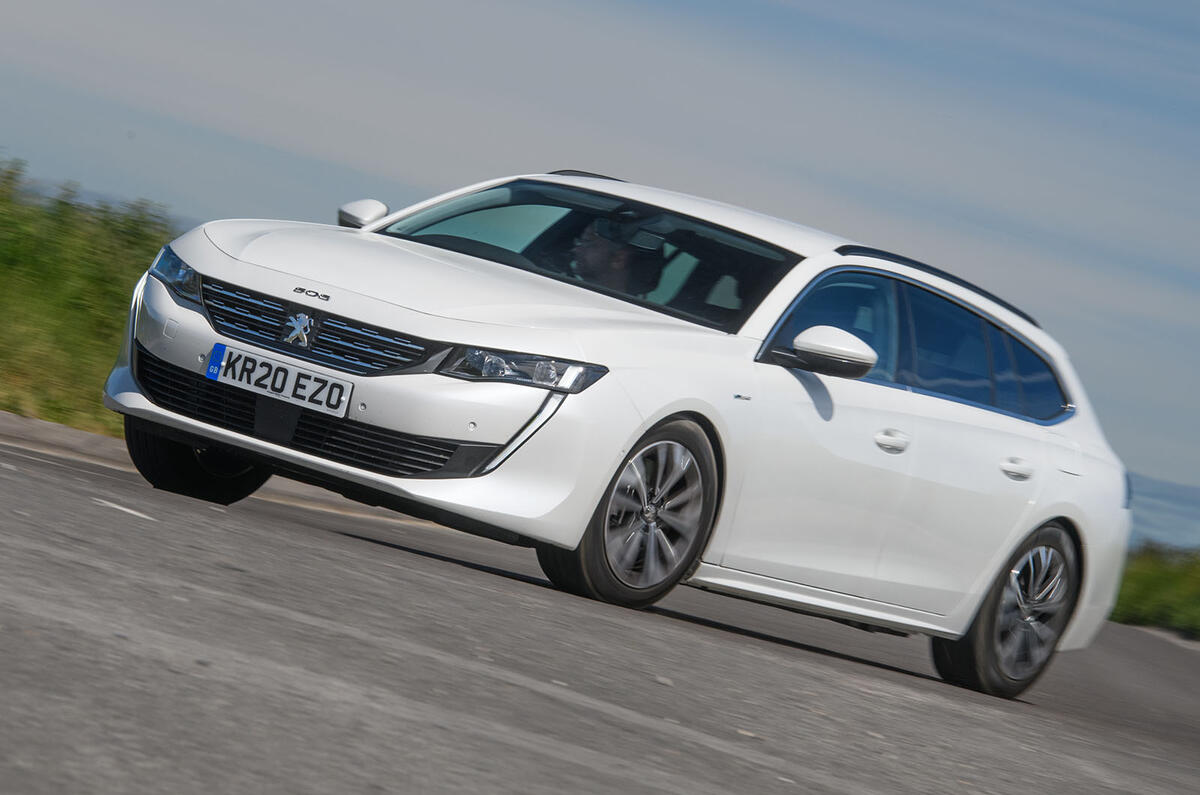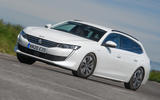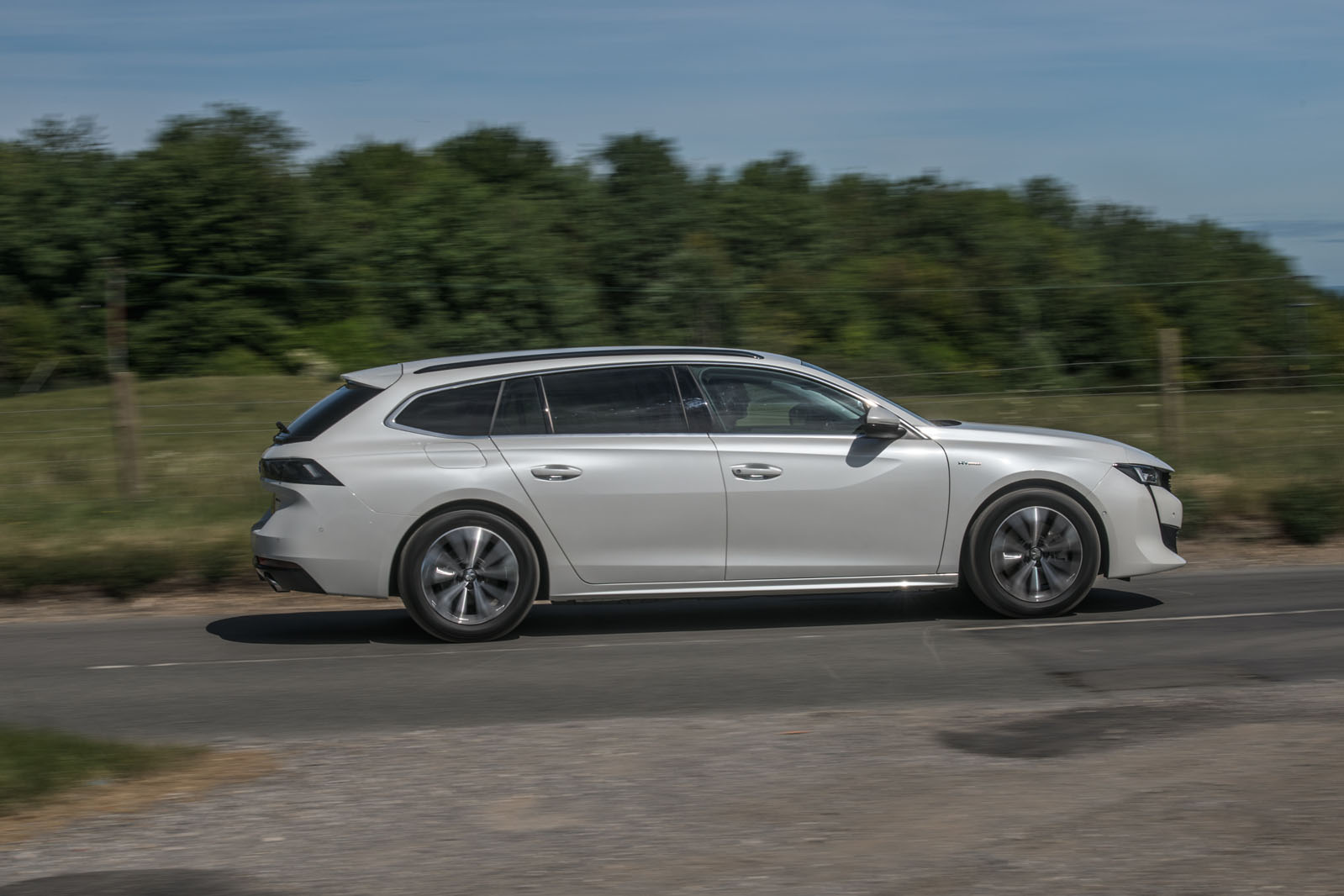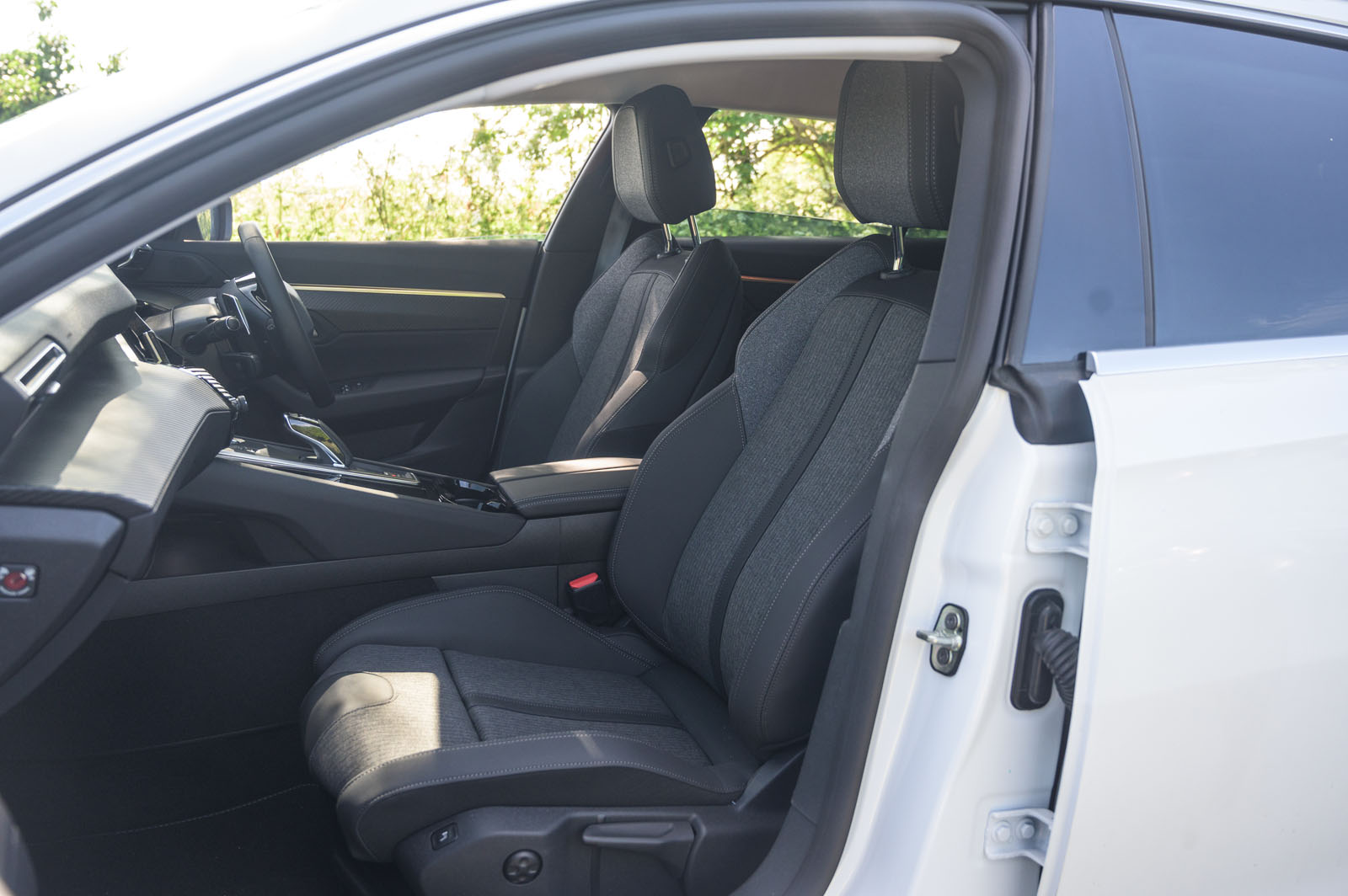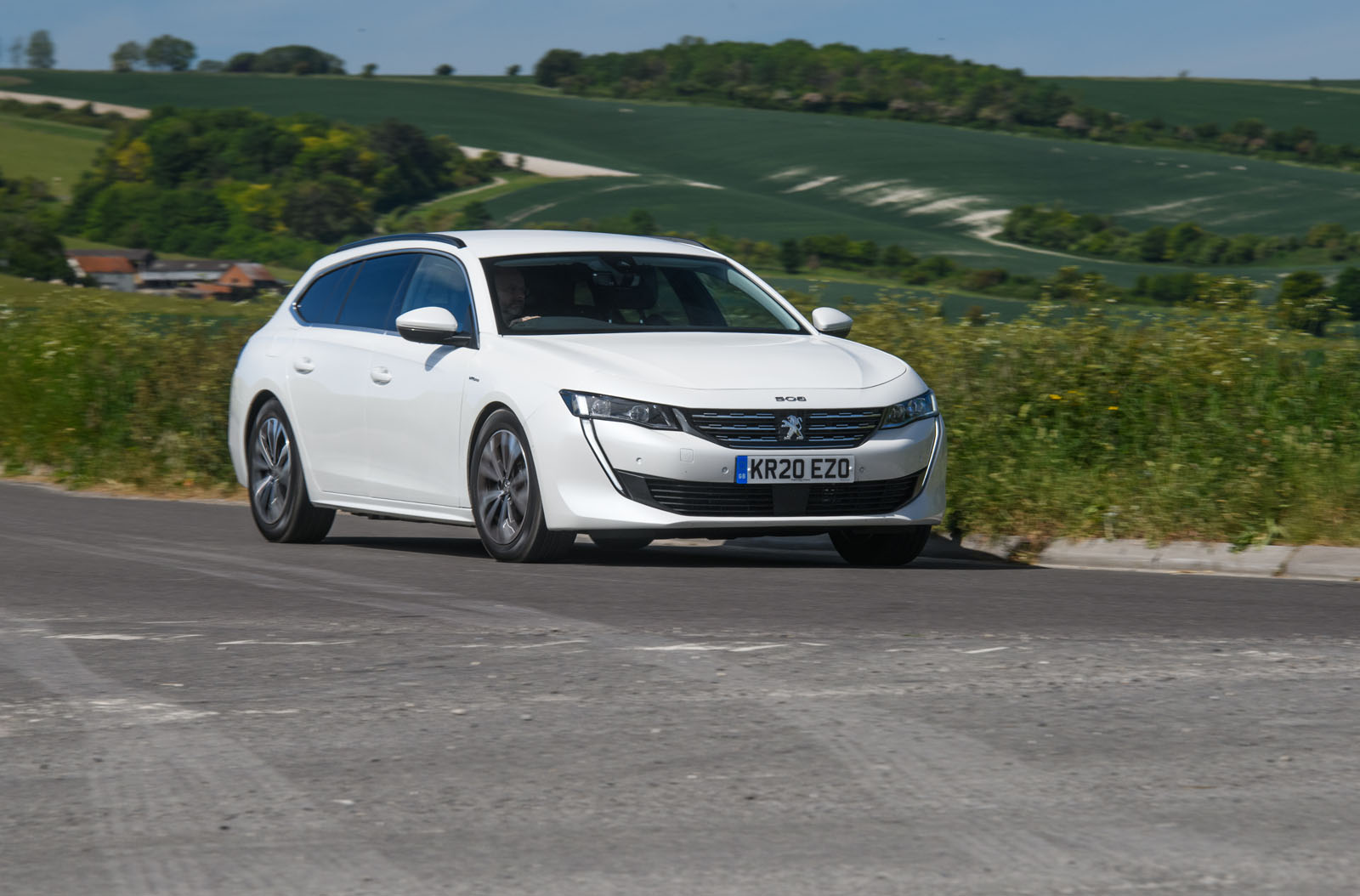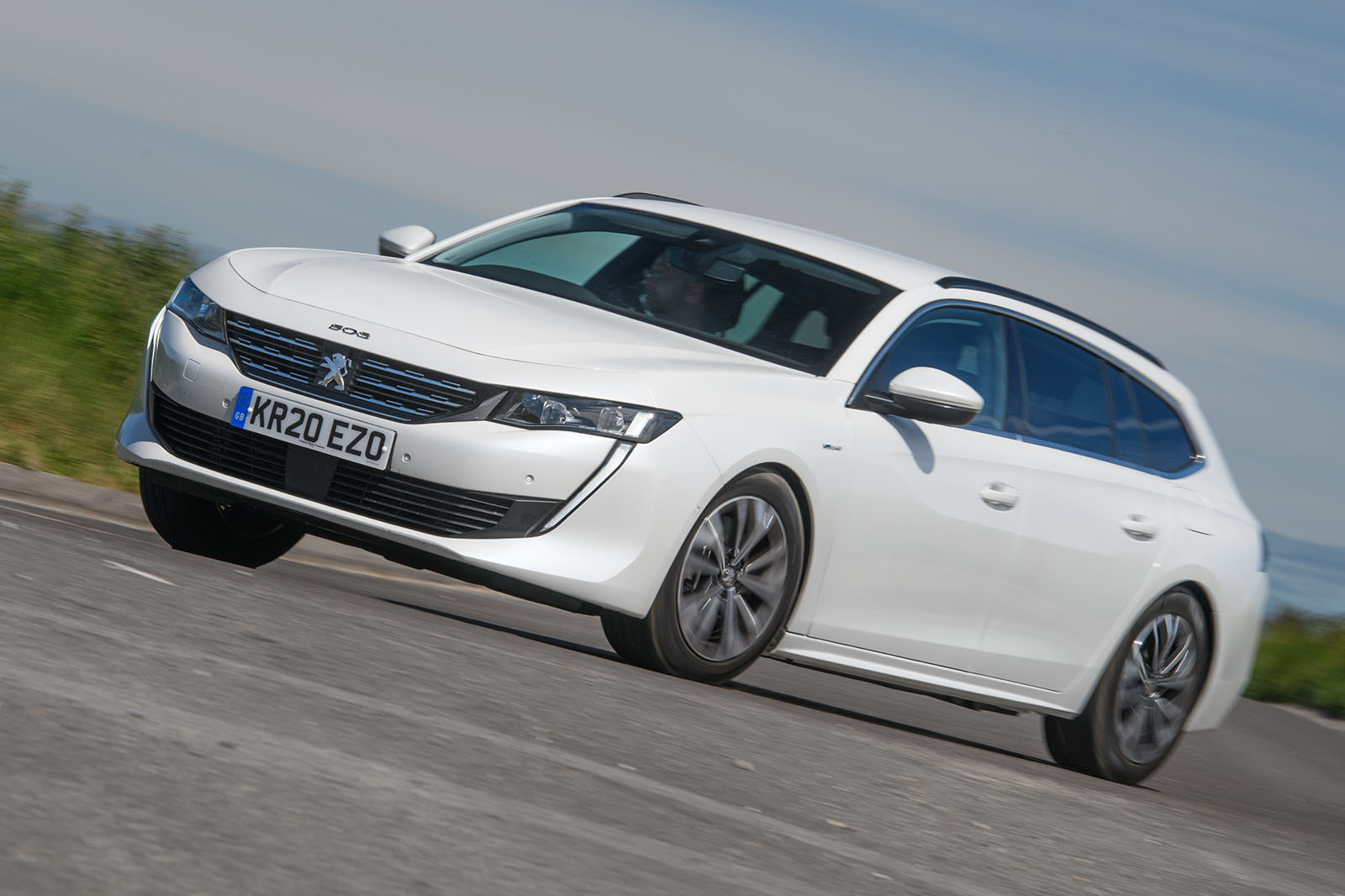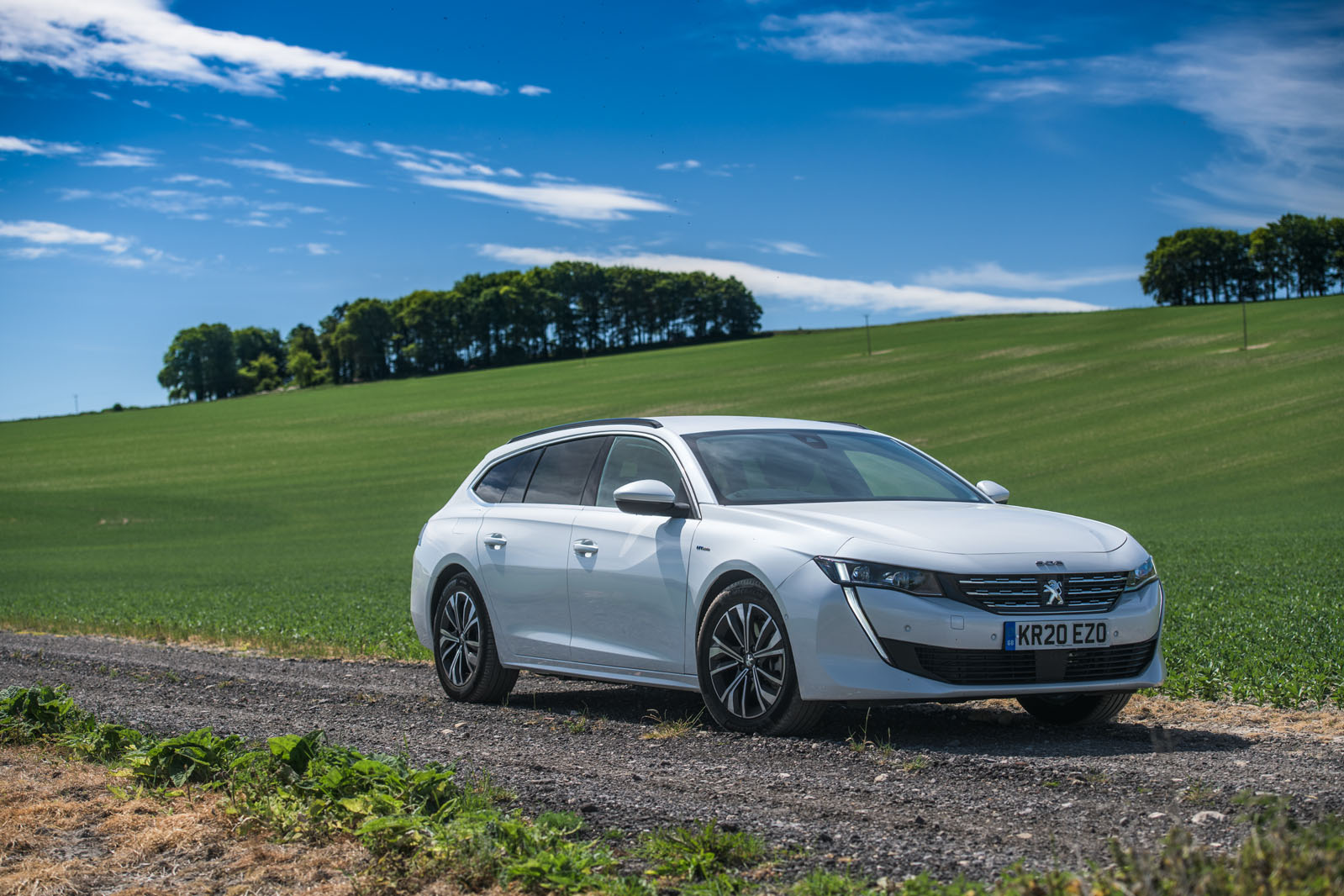Here’s where, a decade or more ago, mainstream car makers had most to do against established ‘premium’ rivals and it’s where it’s obvious, today, that they’ve succeeded. Fit and finish are to a good level.
The plastics look marginally better than they feel but, if you removed all the branding, we doubt you’d be able to tell whether the cabin was from a ‘premium’ brand or a Peugeot – at first glance, anyway. Assuming, that is, Peugeot’s i-Cockpit layout, which it’s wedded to, didn’t give it away.
The thinking behind this is as it ever was. There’s a small steering wheel – quite squared off – with a heavily assisted rack and the idea is that you peer over the wheel, rather than through it, at the dials. Which is fine if you’re not one of the number of people who don’t find that it obscures the view. And in our experience, it does for rather a lot of folk.
Things have been tweaked and improved over the years and in the Peugeot 508, most of our testers found they could see, at least, the important bits of the instruments – though by no means perfectly, and not by moving the wheel to anything like a conventional position. You have to site it low. Like a dodgem.
The instruments themselves are bold and clear, although how useful or busy the information supplied is depends on which layout you pick (one option is customisable, which is what we ran with). That instrument binnacle is backed by a central touchscreen, as part of an apparent effort to purge as many physical buttons from the interior as is practicable. As software and features advance, in some ways this makes sense, but having to use a touchscreen to change the temperature will always be daft in our book.
The 508’s driving position is generally sound. Room in the rear of the cabin is adequate: with sculpted front seatbacks, there’s quite a lot of leg room, though the sloping roof restricts head room and creates only a little space between the boot luggage cover and the roof itself. That the seats-up boot space is 530 litres (a Volkswagen Passat estate’s is 650, even a saloon’s is 586) tells you just how rakish it is. To our eyes, it’s worth it. Whether your dog would agree is a different matter.
508 infotainment and sat-nav
The binnacle instruments are customisable – which is just as well, because there are bits we like about different menus. For example, the ‘minimum’ option is so minimum it doesn’t show you a fuel gauge. If you select ‘dials’ it’s busy, ‘driving’ gives you weird rotary dials, and so on. So tuning ‘personal’ can bring the simplicity you need and is the only way to permanently show the trip computer.
Steering wheel buttons aside, then, the rest of the infotainment system is accessed through the touchscreen. Beneath that, its hard buttons are audio, air-con, nav, car menu (settings), connected apps, and energy use. Each has its value but why have the ‘air-con off’ and ‘air recirculate’ buttons as separate buttons (rarely used), but not the temperature setting (frequently used)?
The menus themselves are fine once you get used to it and graphics good, but we suspect anyone with a smartphone will end up mirroring it on screen.


